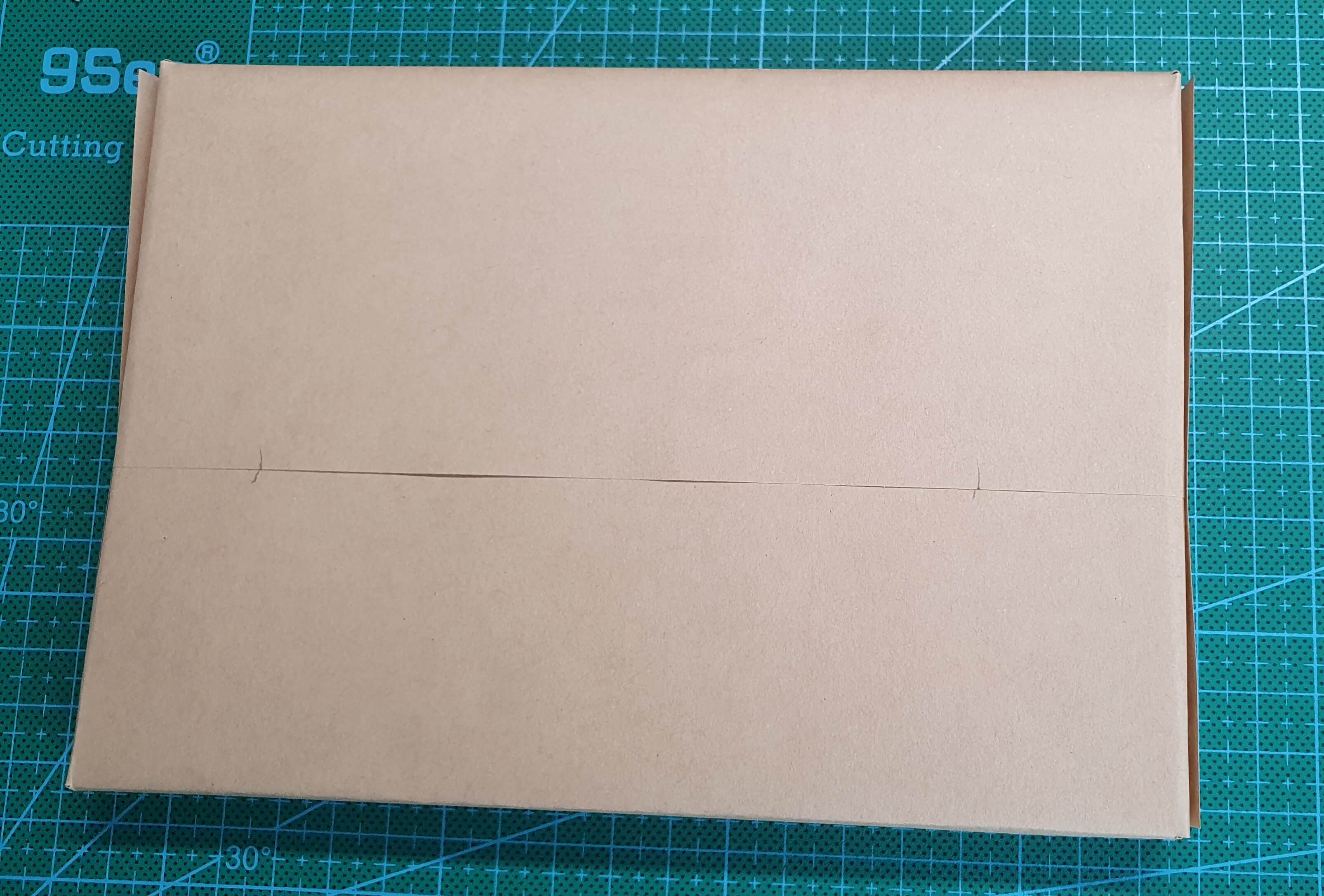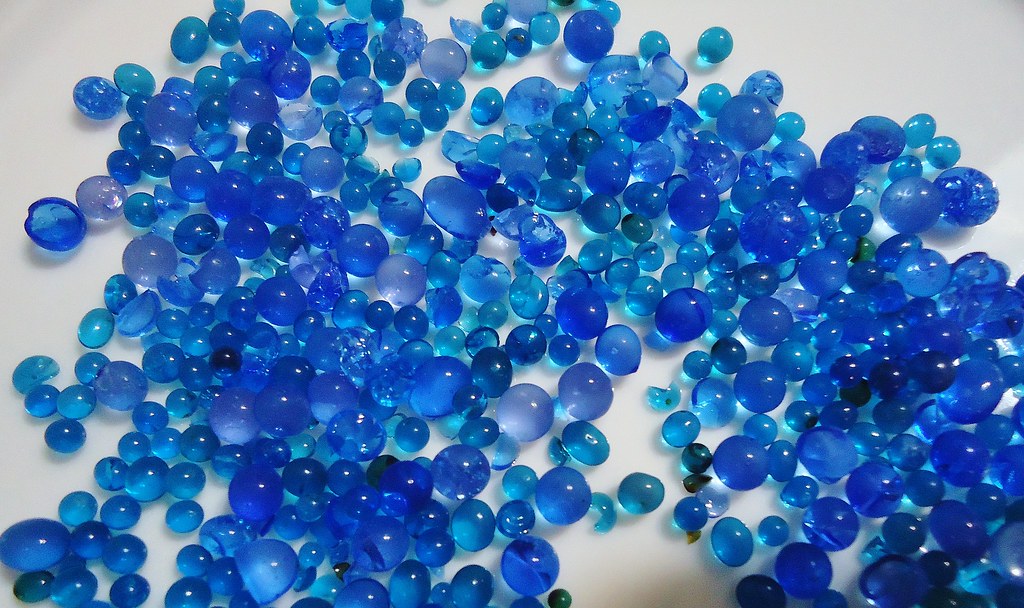Low Cost Book Archive at Home
文章未翻译
写的时候不用中文,还不去翻译,真的是懒死了(
Your nemesis for any physical storage are:
- High moisture
- Extreme temperature
- UV light (direct sunlight)
- Dust (might be hard to clean off)
- Animals (Silverfish and termite are the most common one) and Fungi (mold)
And here’s how to tackle them.
Ideal conditions
According to The University of Chicago Library1:
- 21 °C or 70 °F
- 50% Relative Humidity(RH) or 12.8 g/m^3 Actual Humidity at 21 °C
- Minimized dust
- No light
- No infestation or sources for infestation
Environment
Ideally, books should be stored in a temperature and humidity controlled room, with no direct sunlight, like the ones they have in museums.

Items are stored in boxes, so they don’t get dusty.
At home, it might be hard to find such a place to satisfy all environmental requirements. Your storage location might be humid all year round, or the annual temperature range is too great. In that case, creating a small artificial environment could be the way to go.
Container
If you have a storage location with ideal climate (that includes humidity and temperature), then simply store your books in a clean cardboard box. An acid-free archive box would be even better.
If not, then you want to create an isolated environment sealed in your container, which natually needs to be sealable. It may not be airtight, but should at least minimize the air exchange rate.
Large plastic boxes are easy to come by. You can find them in many sizes, colors, and materials, including PE, PP, PC, PVC, ABS and more. Every plastic material is subject to off-gassing, in which they emit volatile organic compounds (VOCs) in to the air. An example of this would be PVC. Newly bought PVC products always has that irritating odor, and that’s not good for your health, as well as your books.
The test for off-gas rates is very complex, and the result also differentiate from product to product. For the sake of simplicity, I would say that getting food grade plastic from reliable sellers is the best option.
A cardboard box with a sealed plastic bag inside is a cheaper alternative. You can get plastic-laminated waterproof cardboard boxes easily online. Some even have a reflective metal laminate on the inside, which can provide thermal isolation.

Salvaging boxes in good condition is also an environmental friendly cause. Remember to clean them thoroughly before use.
You can also get square plastic bags which fit perfectly inside your box. Those are usually made with PE. According to this paper3, PE is a good material for this task with a moderate off-gas rate. Still, grab the food grade stuff.
Enclosure and wraps
For materials that come in direct contact with your precious books, do not use any plastic, as they might stick and stain the covers. Natural material are perfect. Spacifically acid-free paper, cardboard and cotton (as fillers). Those are also marked as “Lignin Free”.
If your books are old and fragile, you might want to make some hard enclosures for them. This guild4 from the Canadian Conservation Institute is very well written.
And for books in good condition, wrap them in acid-free paper or tissue. This is how I did it:
Center the book in the middle of your paper. Without moving the book, lift each side of the paper, and wrap it on to the book, creating hard creases. Make the 8 cuts, hide the cut pieces inside, and it will cover up the short edges of your book. Then you can assemble the whole wrapper and tape it all down. Finally, no paper waste is produced (unless your paper is too large).

Do not use shrink wrap on books. They will 100% stick onto the covers after a long enough time, which will cause trouble for long-term storage. It will also trap moisture with the book, which is definitely unwanted.
Cleaning
Before putting your books in storage, remove any dust with a microfiber cloth or a soft paint brush. You can also use a vacuum to carefully clean books that are really dusty.
Placement
From biblio.com5
Since stacking books horizontally can place undue pressure on book spines, most books should be stored in the upright position.
Careful not to place too many books on one shelf, as pressure from the sides can damage the boards and spine.
Stack your books horizontally in your box. Add fillers to secure them in place. Do not attempt to squeeze in more books when the box looks already full.
Humidity control
Even with a sealed container, there will be moisture trapped inside from when you sealed the box, and those will remain inside unless you open it up again. And maintaining an airtight seal is hard for long-term, unmanaged storage. There will be air exchange, which will bring in more water.
Seal your box on a sunny and dry day if possible. This minimizes the initial moisture trapped in the box.
You want enough drying agents to keep the moisture contents low for a long time, but not too much for the air to dry out. A search of “moisture absorber”, and you’ll find about Silica Gel, which is fantastic in my opinion.

Silica Gel are cheap, even at laboratory grade, and can be easily bought online in large quantities. Some even came with indicators, which changes its color when saturated. They can also be reused after heating, which will remove the water it has absorbed.
As a passive humidity control measure, silica gel does not perform well in extremely low RH environments. This is good for us, since we want to achieve a moderate 50% RH. This also means that we can put much more silica gel than needed inside our container, which will capture excess water brought in by air exchange.
A detailed technical report about silica gel can be read here6.
Other ideas you may/may not want to try
Vacuum Packing
Pulling a vacuum on your books is probably not a great idea. The vacuum bags will cause structural stress on your books, which could damage your books.
-
Caring for Your Books - The University of Chicago Library [Original | Archive | PDF] ↩︎
-
Stacks 2, paper and data archive, Computer History Museum, Mountain View, California, USA on WikiMedia [Original | Local Full Size] ↩︎
-
Smith, R. A. Packaging Materials Outgassing Study Final Report. United States: N. p., 2006. Web. doi:10.2172/1340589. [Original | Local] ↩︎
-
Making Protective Enclosures for Books and Paper Artifacts – Canadian Conservation Institute (CCI) Notes 11/1 [Original Web | Original PDF | Archive | Local PDF] ↩︎
-
Book Collecting Guide Storing books - laying down or standing up? [Original | Archive | PDF] ↩︎
-
Silica Gel: Passive Control of Relative Humidity – Technical Bulletin 33 [Original | Archive | PDF] ↩︎